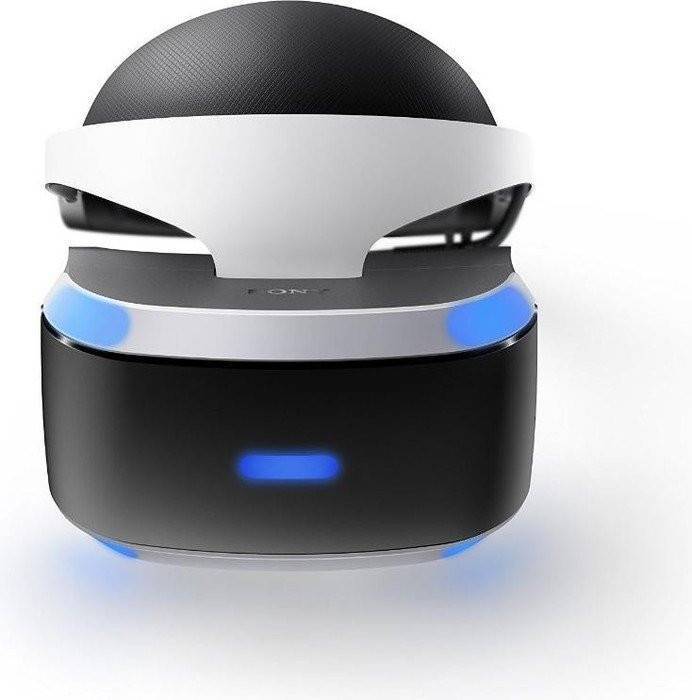

It may not be fair to label Call of the Mountain a "tech demo," but I liken it to a splashy amusement park attraction I'm happy to have only ridden once. Firing your bow feels great and the levels are littered with targets, but combat boils down Horizon's deep mechanics to: While satisfyingly tactile, the climbing that makes up the majority of the game lacks the challenge of other simulators like Crytek's The Climb 2. These are easily the best screens I've seen in a VR headset.Ĭlimb stupendous heights and take down majestic bestial robots in Horizon Call of the Mountain.Ĭall of the Mountain's gameplay is less appealing. Dark caves cast inky black shadows while the forest blooms in punchy greens, reds and yellows. When fighting a Thunderjaw (the T-Rex robot), every part of its gleaming armor, laser cannons and radar array is realized in sharp detail. With my eyes positioned just centimeters from the VR's new OLED screens, I could see individual strands of moss between my virtual fingers as I climbed the mountain. Purely from a resolution perspective, Call of the Mountain sets a new standard on the PS VR2.

While players can easily spend dozens of hours harvesting machine parts across gigantic open worlds in Horizon's core games, Call of the Mountain is a contained, almost on-rails experience of maybe 6-7 hours meant to showcase the new headset. Horizon Call of the Mountain is PlayStation's flagship VR title, launching Wednesday alongside its new VR headset, the PS VR2. Welcome to the promises and pitfalls of virtual reality. Out of instinct, I reached behind my back to grab my compound bow and explosive-tipped arrows, swung them up and over my head in a practiced arc.


 0 kommentar(er)
0 kommentar(er)
